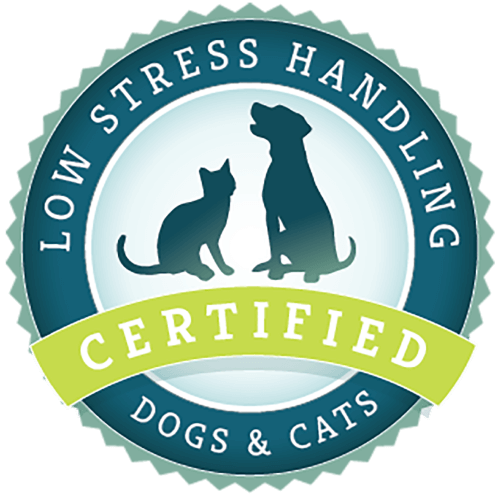What article are you looking for?
Recent Articles
The Uses of Cat Towel Wraps
Towel wraps, also known as kitty burritos, help cats feel comfortable and safe, but not confined or scared.
You and Your Newly Adopted Pet
Did you know that behavior problems are the number one reason dogs and cats are surrendered to shelters every year? Many shelter animals are younger than three years old and few receive veterinary care prior to their surrender. Some are sick or injured while others are strays that were dumped, lost, or escaped from their yard or house. Many of these animals are untrained and have not been previously spayed or neutered. In dogs, the most common behavior reasons for surrender are house soiling, destructive behavior, barking, and unruly behaviors, followed by fearfulness and past bite history. Cats are frequently
Human Directed Aggression in Cats
If you have ever had your cat snuggle up to you on the couch then nip at your hand when you try to pet them, you are not alone. This is just one scenario in which some cats have shown aggression to their owners. Many other situations can lead to cats swatting, scratching, or trying to bite their human partners. While these are unwanted behaviors from our feline friends, there are often logical explanations for their actions. Trying to stop the aggression starts with understanding when and why it might be happening. Then, you can determine how to approach the
Three Tips to Reduce Barking in Your Dog
Courtesy of the Sophia Yin Collection Courtesy of the Sophia Yin Collection TIP 1: Block the view but not the light. “Out of Sight, Out of Mind” There are many different sights and sounds that stimulate barking out the window. Your dog is less likely to bark at what she can’t see. Window film is easy to install, allows light to filter in, and comes in different decorative designs. TIP 2: Reinforce an alternative behavior. Imagine your dog sitting nicely on a mat while you open the door to let guest in, receive a delivery, or just
Fear and Fear-related Aggression in Dogs
What is Fear? Fear is a natural emotion that causes an animal to avoid situations and activities that may be dangerous. What or who the pet perceives to be dangerous may not be the same as the person’s perception, and can be independent of actual bodily risk. However, pets act on what they perceive. What is Anxiety? Anxiety is the anticipation of future danger that may be unknown, imagined, or real. It can result in the body responding as it does when the animal is afraid. What is Stress? Stress is the body’s physiologic response triggered by anxiety and fear.
Applying Eye Drops with Low Stress Handling™
At some point in many dogs’ lives, they will require eye drops. This might be a one-time event to examine the eye or it may be multiple times per day to treat chronic disease. Regardless of the cause, applying eyedrops need not be a struggle for you or the pet, whether at home or in a clinic setting. The same approach works in both places. Gather everything you need: A comfortable place for you and the pet. For small pets this might be on a table, on a chair, or even on your lap if the pet is comfortable there.
Looking for certifications instead?

Low Stress Handling® Silver-Level Certification
Individual Certification at this level demonstrates to clients and employers the individual’s dedicated interest in Low Stress Handling®. Hospital Certification at this level demonstrates to clients and staff the hospital’s commitment to appropriately training staff in Low Stress Handling® methods.
Learn More
